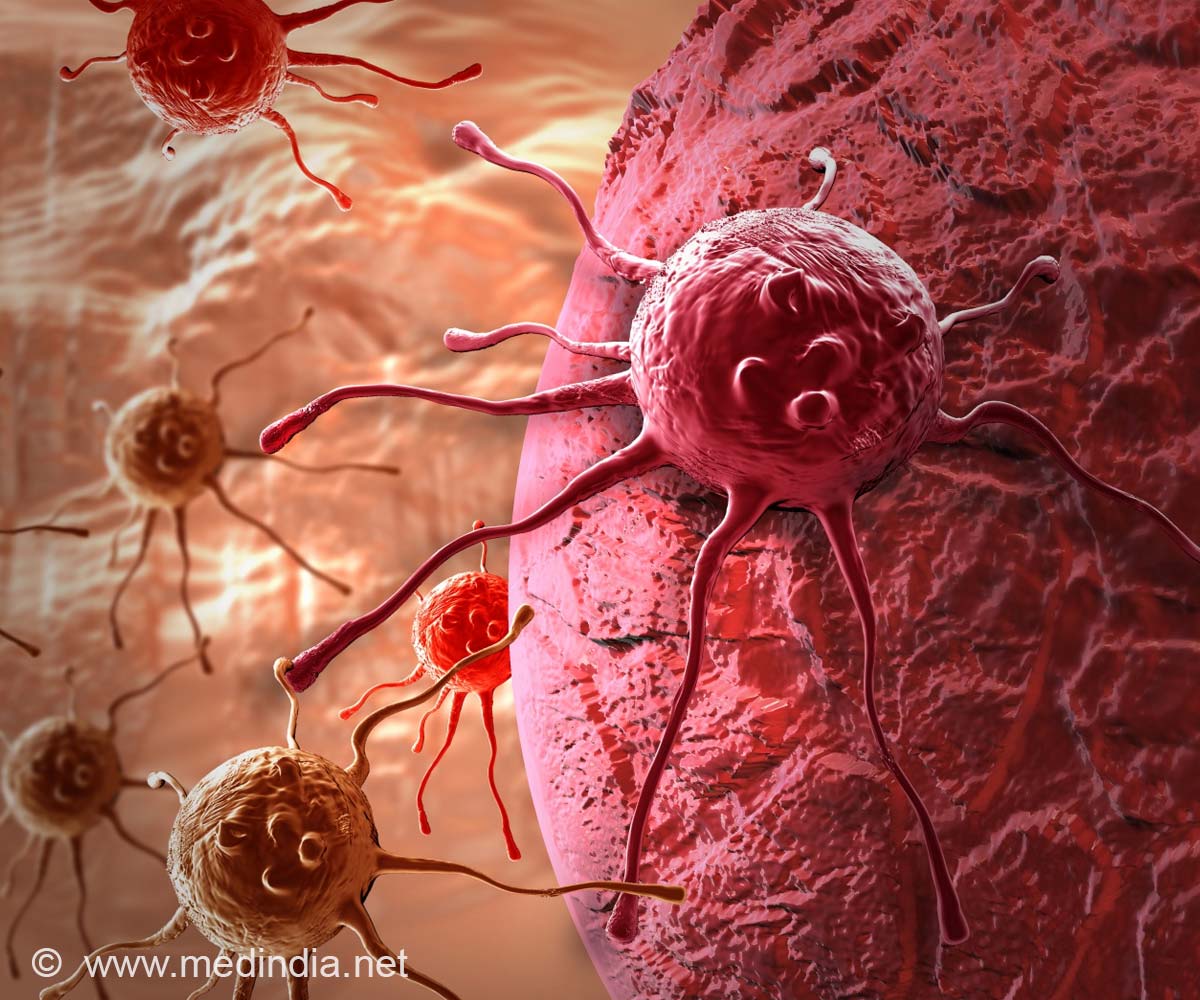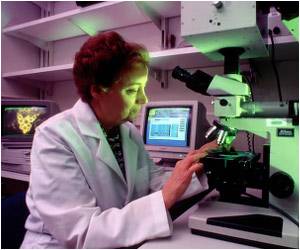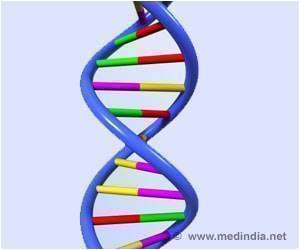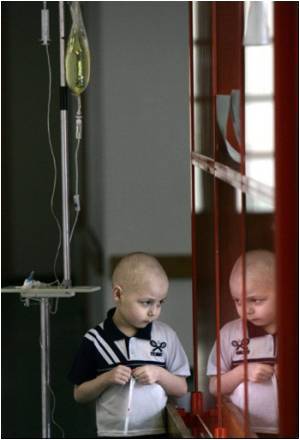
‘The researchers programmed Salmonella bacteria to self-destruct and break open after a certain number of them had accumulated in the tumor spot.’
Tweet it Now
“It’s only natural that some bacteria have evolved to thrive in tumors,” says Hasty. The researchers used the blood vessels inside the tumors as a way to deliver chemotherapy. But the innermost parts of a tumor does not have blood vessels. The researchers were inspired by the ability of Salmonella to live in these areas. Hasty’s team engineered the strains Salmonella bacteria to produce three types of cancer-killing drug:
- One that destroys cell walls
- One that alerts the body’s immune system and
- One that triggers cells to die
In mice that had liver tumors, the engineered bacteria traveled directly to the anaerobic regions of the tumors. The researchers found that when the mice were given bacteria that released all the three drugs, their tumors stopped growing.
When the mice were given a combination of bacteria and chemotherapy, their tumors shrank in size and their life expectancy increased by 50 percent.
Advertisement
“But every advance is good news. being able to successfully deploy bacteria against things that attack the body would be a game changer.”
Advertisement
“The major advance is that this is a way to provide sustained release of therapeutics in tumors,” says Neil Forbes at the University of Massachusetts Amherst.
How bacteria get to the liver tumors when fed to the mice is not exactly known, said Hasty. Bacteria could have probably traveled through the hepatic portal vein.
Source-Medindia















